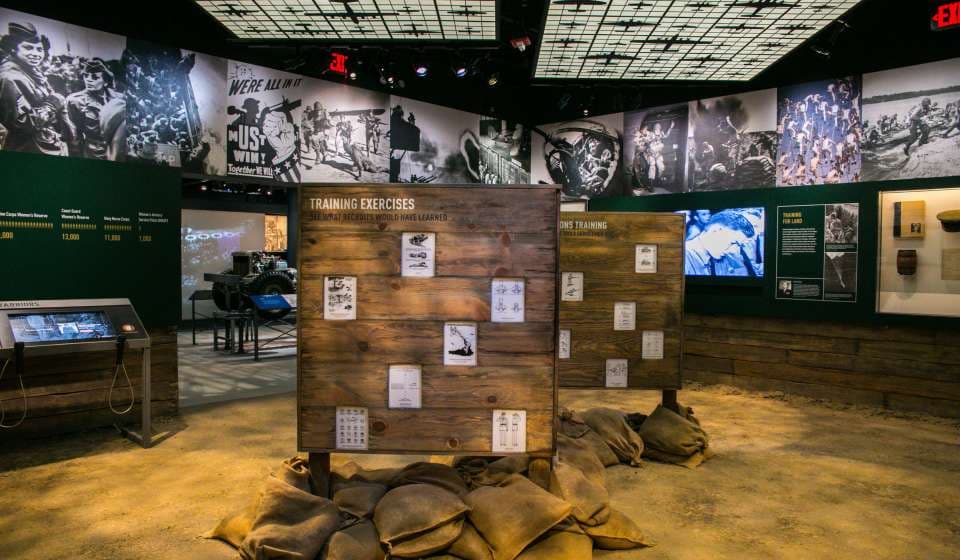How U.S. Museums Are Adapting to the Digital Age: Virtual Tours and Interactive Exhibitions

In recent years, American museums have been undergoing a true digital transformation. This process accelerated during the pandemic, when cultural institutions were forced to find new ways to engage with visitors. However, even after returning to regular operations, online initiatives have not disappeared—instead, they have become an integral part of museum strategy. The United States, home to many of the world’s largest museums, is now setting the tone for integrating technology into the cultural sphere.
One of the most striking manifestations of digitalization has been the rise of virtual tours. These allow museums to open their doors to a global audience, erasing borders between countries and continents. Visitors from Portugal, for example, can easily “walk” through the halls of the Getty in Los Angeles or the Metropolitan Museum in New York without leaving home. These tours are typically created using panoramic 3D imaging and include interactive elements such as curator commentaries, archival videos, audio guides, and even the ability to zoom in on artifacts in high detail.
Interactive Exhibitions and Visitor Participation
The digital age offers museums new approaches to exhibit creation. Instead of passively observing paintings and artifacts, visitors are now invited to participate. Touchscreens, augmented reality (AR), and even neural networks are being used to immerse the visitor in a process of discovery. A prime example is the Museum of Modern Art (MoMA), which has integrated AR technology into its permanent collection. With a smartphone, visitors can see how the space looked decades ago or how an installation has evolved over time.
At the Smithsonian Institution in Washington, holograms and immersive sound installations create a multi-layered experience. These exhibitions are not only educational but also emotional—visitors can hear an artist’s voice while standing before their work or feel the atmosphere of city streets from a past century.
Technology as a Tool for Cultural Heritage Preservation
Another important reason museums are embracing digital technology is the desire to preserve exhibits and make them accessible to future generations. Digital archives and 3D scanning allow for detailed documentation of artifacts, some of which are too fragile or rare for permanent display. For example, the National Museum of American History has created a digital collection of items related to the civil rights movement, including letters, photographs, and personal belongings. These materials are now available online to researchers and the general public.
Digitalization also enables small and regional museums to make a name for themselves. Institutions like the Museum of the Weird in Texas or the International Spy Museum in Washington use social media and online exhibitions to draw attention and expand their audiences. They create interactive mini-games, host online quizzes, and livestream themed discussions with experts.
A New Level of Engagement: Artificial Intelligence and Learning
Some American museums are going even further by integrating artificial intelligence into the visitor experience. AI assistants can recommend exhibitions based on user interests, create personalized tour routes, and even answer questions in real time. This makes museum visits more intentional and guided, and for online users—more engaging.
Educational platforms based on museums are also growing rapidly. Virtual lectures, courses, and workshops attract not only students but also adults. For example, The Met 360 platform offers unique video tours of the Metropolitan Museum, accompanied by expert commentary. This is a significant contribution to lifelong learning and cultural development beyond the museum walls.
Connection with Digital Society and Entertainment
American museums are not ignoring the growing public interest in digital entertainment. Many of them incorporate gamified elements into their exhibitions, develop mobile apps, and even organize augmented reality quests. This helps attract younger audiences who are used to interactivity in video games, online casinos, and streaming platforms. The fusion of educational and entertainment approaches allows museums to remain relevant amid fierce competition for attention.
Conclusion: Culture Without Borders
U.S. museums are confidently keeping pace with the times, proving that culture can and should adapt to the digital world. Virtual tours, immersive technology, and online accessibility are bringing art closer to everyone. This is especially important for international audiences, including residents of Portugal, for whom such formats offer a window into the cultural life of another country. A museum is no longer limited to its physical space—today, it can fit in your pocket, on your smartphone screen, or in your headphones. And this is not a temporary fix, but a new reality in which culture becomes truly global and accessible.
